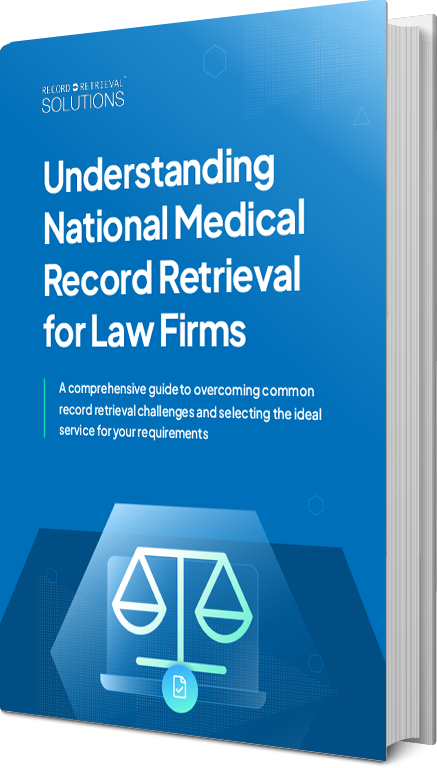The past year has been full of drastic upheavals, both for the legal profession and for society at large. As people struggle to adjust to the new routines and lifestyle changes mandated by the COVID-19 pandemic, including long lockdown periods and restrictions on mobility, businesses of all stripes have raced to adapt their operational models to the new status quo. The legal industry, of course, has been no exception, having adopted a number of new technologies that have enabled client interaction remotely and allowed court proceedings to continue despite the pandemic.
Likewise, 2021 promises to be full of change. Thankfully, these changes need not be unexpected, and a practice that is able to predict upcoming trends and prepare for them will be placed to reap the benefits. Record Retrieval Solutions has compiled the following list of trends in the legal industry to keep an eye out for.
1. New talent management strategies
One of the biggest changes to come in 2021 is the shift in the way that talent is acquired and retained within the industry. A highly competitive landscape and the challenges associated with running a business have seen an increased adoption of management expertise through the hiring of C-suite executives to oversee strategy and operations. Gone are the days of the traditional workforce model of lawyers supplemented by a combination of paralegals, IT experts, and administrative staff.
But where a need for specialized business management skill sets is emerging, the role of clerical and repetitive functions is threatened. Increasingly, these tasks are being relegated to artificial intelligence or automated processes, eliminating the need for staff to perform them.
Meanwhile, the popularity of the gig economy is looking to change the tenure and nature of talent development. As freelance, temporary, and contract roles become more popular, the notion of a static, long-standing team to represent a practice becomes a less viable option. The advantage for businesses is the ability to quickly expand and contract its workforce depending on market conditions. Likewise, the ability to work remotely has given rise to distributed workforces, spread out across larger geographic areas.
2. Focus on client experience
A spillover from other industries is the increased focus on client experience. Whereas in the past, customers would have been more concerned with the quality of the final product or service, modern customers care much more about how those goods are delivered. Sound and effective legal counsel alone, therefore, cannot compensate for a lack of transparency or long wait times for clients.
To address this, many firms are adopting legal process management (LPM) and systematic workflows to increase the efficiency of business operations. The greater speed and clarity can be transferred onto the customer as well as result in financial gains, making for a win-win situation.
3. Adoption of new technologies
Technology is changing traditional ways of working and process flows. In the legal profession, this is most apparent in the automation of repetitive and clerical tasks that had previously been discussed, such as billing and record filing. Likewise, technology is proving crucial in the data management and cybersecurity areas, enabling firms to more efficiently store and protect sensitive client information.
4. Micro-niches
Another modern trend is the death of generalists and the rise of specialty services. Due to a crowded and often competitive market, it’s become increasingly important to differentiate one’s service offering. As a result, where law firms in the past would have marketed themselves as offering a complete suite of services to a broad range of customers, the fashion has become to highlight a particular set of services as being one’s specialization, or to target a particular customer segment.
Thus, many law firms would present themselves as experts in workers compensation and insurance claims, or to offer a more holistic suite of services but toward a particular industry, like the financial sector. Adopting such a strategy can result in more tailored, higher-quality services and enable a firm to stick out from a crowd.
5. Limits on billable hours
Historically, lawyers have implicitly been expected to log 1950 hours a year in order to merit top salary. Many judicial bodies, however, are looking into reforming this industry convention through both established processes and systems, as well as cultural expectations within the procession. The purpose is to give legal practitioners greater opportunity to achieve some semblance of work-life balance. The implications of these efforts will shape the way firms do business, ranging from reassessing their approach to workflow management to re-examining the productivity of individual lawyers, which may rise in the face of decreased stress and fatigue.
Law firms have plenty of trends to consider, and there will likely be new game-changing developments in the coming months. If you need more advice regarding law firm best practices, tune in to Record Retrieval Solutions’ blog. You should also contact us today for all your record retrieval needs.
Obtain your paperwork fast and hassle-free when you partner with Record Retrieval Solutions.







